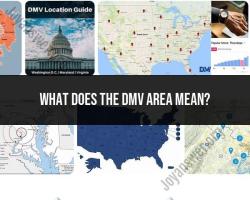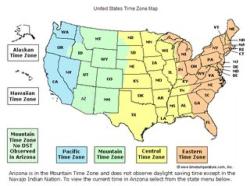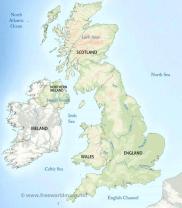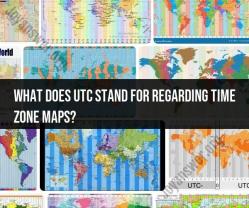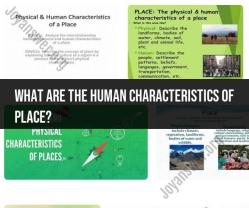Where is Central Standard Time located?
Central Standard Time (CST) is a time zone that is observed in various regions around the world. It is typically 6 hours behind Coordinated Universal Time (UTC-6). The specific locations that use Central Standard Time may vary, and it's important to note that some areas may observe Central Daylight Time (CDT) during daylight saving time, which is UTC-5.
Here are some general regions and countries where Central Standard Time is commonly used:
United States:
- Parts of the United States observe Central Standard Time, including states in the central and southern regions such as Texas, Oklahoma, Kansas, Nebraska, South Dakota, North Dakota, Minnesota, Iowa, Missouri, Arkansas, Louisiana, Wisconsin, Illinois, Mississippi, Alabama, and Tennessee.
Canada:
- In Canada, some provinces and territories in the central part of the country, including Manitoba and parts of Ontario and Nunavut, observe Central Standard Time.
Mexico:
- Several states in Mexico, such as Mexico City, Monterrey, and Guadalajara, follow Central Standard Time.
Central America:
- Some countries in Central America, including parts of Honduras, El Salvador, and Nicaragua, use Central Standard Time.
Caribbean:
- Some Caribbean islands, like the Cayman Islands, also observe Central Standard Time.
It's important to be aware that the observance of time zones can change, and some regions may switch to daylight saving time, in which case they would follow Central Daylight Time (CDT), which is UTC-5. Always check the current time zone observance for a specific location, especially during the transition between standard time and daylight saving time.
Where are regions that observe Central Standard Time (CST) located geographically?
Central Standard Time (CST) is primarily observed in the central portion of North America, spanning a wide range of latitudes and longitudes. It encompasses regions in the central United States, Canada, and parts of Mexico.
Geographical Coverage of CST:
United States: CST is observed in 20 states across the central region of the U.S., including North Dakota, South Dakota, Nebraska, Kansas, Minnesota, Iowa, Missouri, Arkansas, Louisiana, Texas, Oklahoma, New Mexico, Colorado, Wyoming, Montana, Utah, Idaho, and parts of Illinois and Indiana.
Canada: CST is observed in the Prairie Provinces of Canada, including Manitoba, Saskatchewan, and the western portion of Ontario.
Mexico: A small portion of northeastern Mexico, primarily the state of Tamaulipas, observes CST.
What countries or areas fall under the Central Standard Time zone?
The primary countries and areas that fall under the Central Standard Time zone are:
United States: 20 states in the central region
Canada: Prairie Provinces (Manitoba, Saskatchewan, and western Ontario)
Mexico: A small portion of northeastern Mexico (Tamaulipas)
How does CST compare to other time zones in terms of its geographic coverage?
In terms of geographic coverage, CST is one of the most extensive time zones in North America. It spans a significant land area and encompasses a large population. Compared to other time zones in North America, CST has a broader longitudinal range, stretching from the central plains of the United States to the eastern shores of the Prairie Provinces in Canada.
Here's a comparison of CST's geographic coverage to other major time zones in North America:
| Time Zone | Geographic Coverage |
|---|---|
| Central Standard Time (CST) | Central North America, spanning 20 U.S. states, Prairie Provinces in Canada, and a small portion of northeastern Mexico |
| Eastern Standard Time (EST) | Eastern North America, covering 14 U.S. states and parts of eastern Canada |
| Pacific Standard Time (PST) | Western North America, encompassing 11 U.S. states and western provinces in Canada |
| Mountain Standard Time (MST) | Intermountain region of North America, covering 7 U.S. states and parts of western Canada |
| Alaska Standard Time (AST) | The state of Alaska in the U.S. and parts of western Canada |
CST's geographic coverage is significant due to its location in the central portion of North America, a region with a substantial population and economic activity. It serves as a crucial time zone for businesses, transportation, and communication across the central North American continent.


